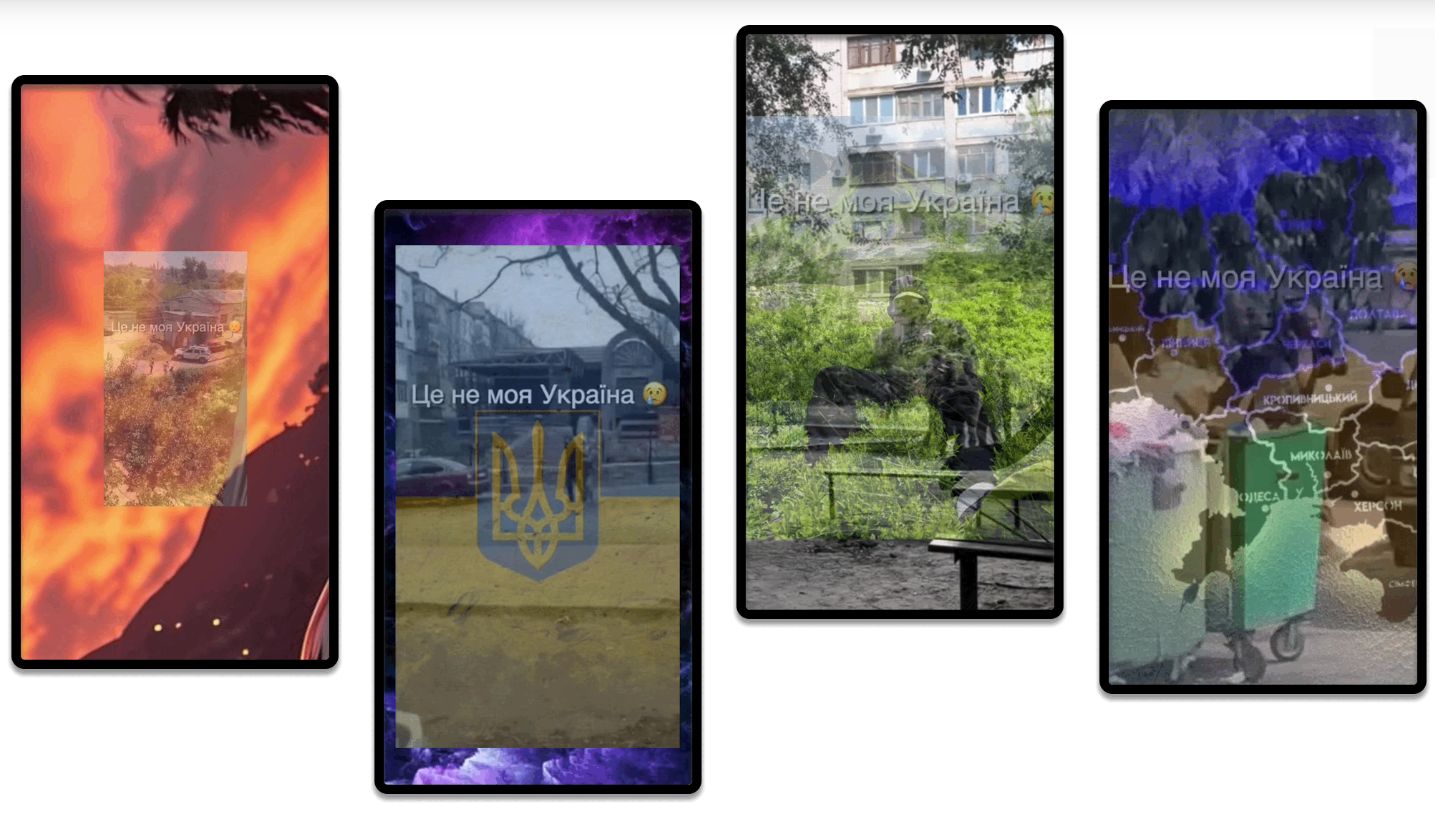A new investigation by Ukrainian media outlet Texty.org.ua has uncovered a large-scale Russian disinformation operation on TikTok aimed at discrediting Ukraine's mobilization efforts and territorial defense centers.
As Ukraine's mobilization efforts run into significant troubles amid lacking manpower at the front, Russia is successfully running influence campaigns to weaponize and exacerbate grievances and social tensions. The goal is to destroy Ukraine's will to fight.
The report reveals a network of over 2,000 fake accounts spreading manipulated videos and false claims about conscription practices.
According to the investigation, the bot network used the hashtag #ценемояукраїна (#thisisnotmyukraine) to spread its message, generating millions of views within weeks. At the end of July, the TikTok Creative Centre reported that this hashtag was among the three most popular on the platform, with 41,000 publications and 10 million views in just one week.
"Even one poorly made, primitive Russian TikTok farm of 2,000 accounts, having guessed a hot topic, is able to collect more than 200,000 likes and receive more than 4 million views in a few weeks," the report states.
The fake accounts shared identical profile pictures, descriptions, and videos in an attempt to flood the Ukrainian TikTok space with anti-mobilization content. Many profiles used patriotic and abstract avatars, often featuring Ukrainian flags, coats of arms, or stereotypical images of Ukrainian women with wreaths and embroidered shirts.

Channel names were designed to appear highly patriotic and emotional, with examples like "Glory to Ukraine," "We are Ukrainians," and "I love Ukraine." The investigation found that these accounts consistently redirected followers to a Telegram channel called "Revival of Ukraine," which claimed to provide "up-to-date information about TCC, their actions and lawlessness," referring to Ukrainian mobilization centers.
The researchers traced the network back to a Russian structure also involved in promoting online casinos in Russia. This connection was revealed through errors in some account descriptions that mistakenly included references to Russian gambling channels, specifically mentioning a Telegram channel for "Mark Odintsov" that promotes online casino schemes.
Despite TikTok's claims of improved content moderation, including the removal of over 3,000 accounts linked to influence operations in early 2024, the researchers argue this new discovery shows the platform's efforts are falling short.
"It took one person from our editorial team one day to find all these channels. And this is without any access to TikTok data, only using the web version of the platform and advanced Google search," the report notes. "Therefore, TikTok's statements about its counteraction to information campaigns and influences seem at least pathetic."
The investigation also highlighted the sophisticated tactics used by the bot network to evade TikTok's content moderation. For instance, to prevent videos from being flagged as non-original or as containing scenes of violence, the operators would slightly modify the content by overlaying semi-transparent images or rotating the videos diagonally.
The researchers warn that despite the artificial nature of the campaign, the hashtag managed to trend on TikTok, potentially influencing real users to adopt it. They emphasize the need for greater vigilance against such coordinated inauthentic behavior on social media platforms.
"The most dangerous thing is that despite the fact that these videos look artificial and are not very viral, the hashtag #ценемояукраїна got into the trends. And therefore, real users could start using it," the report concludes.
Recently, Ukrainian authorities claimed Russian interference to undermine Ukrainian mobilization
in Kovel, where protesters gathered around an army recruitment center to demand the release of three young men detained for certification of their mobilization status.
One of the most famous cases of Russian networks inspiring riots in Ukraine was that in Novi Sanzhary in the early days of the COVID pandemic, when locals were incited to protest the return of the first travelers from China who needed to isolate upon arrival in the local medical facility.

